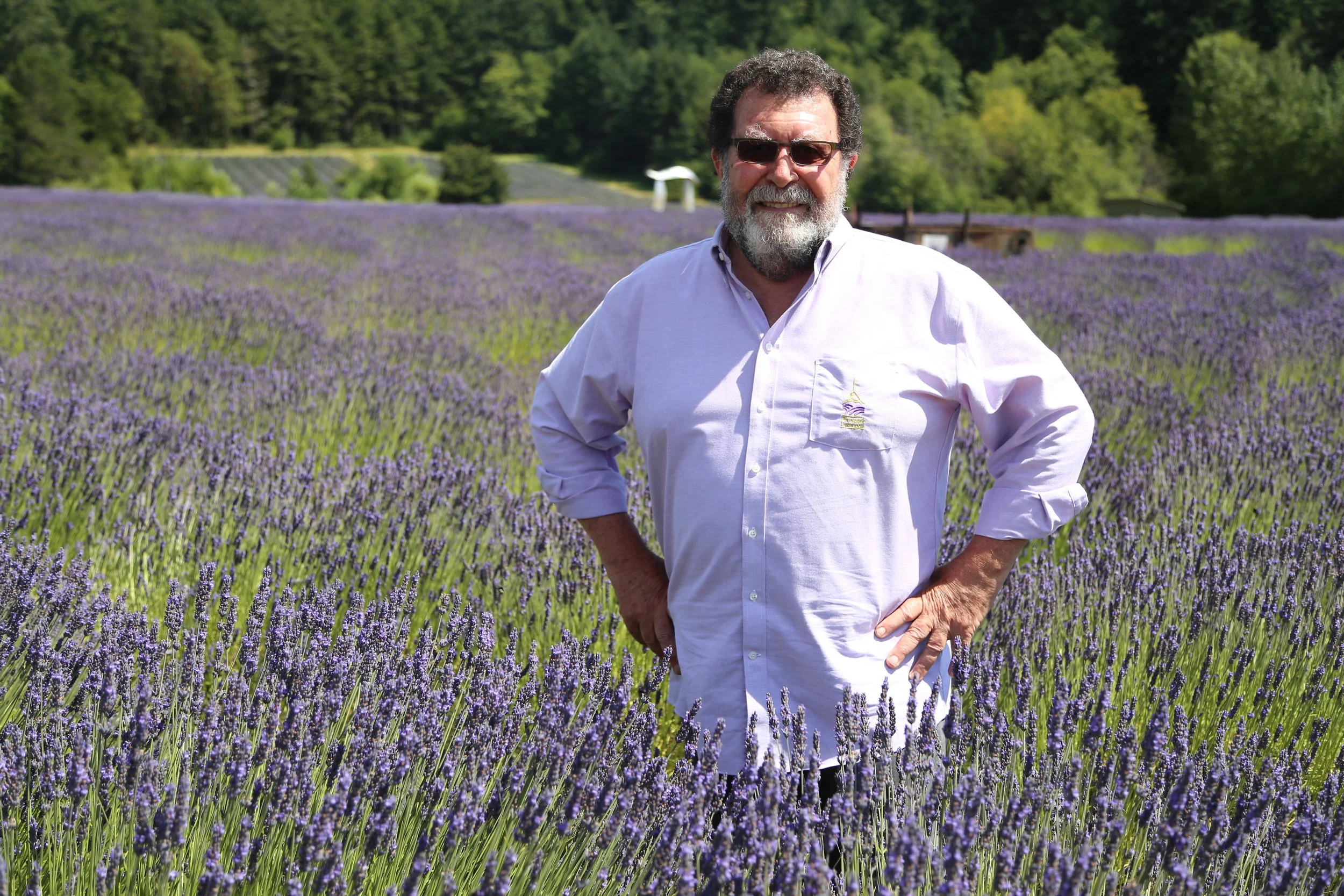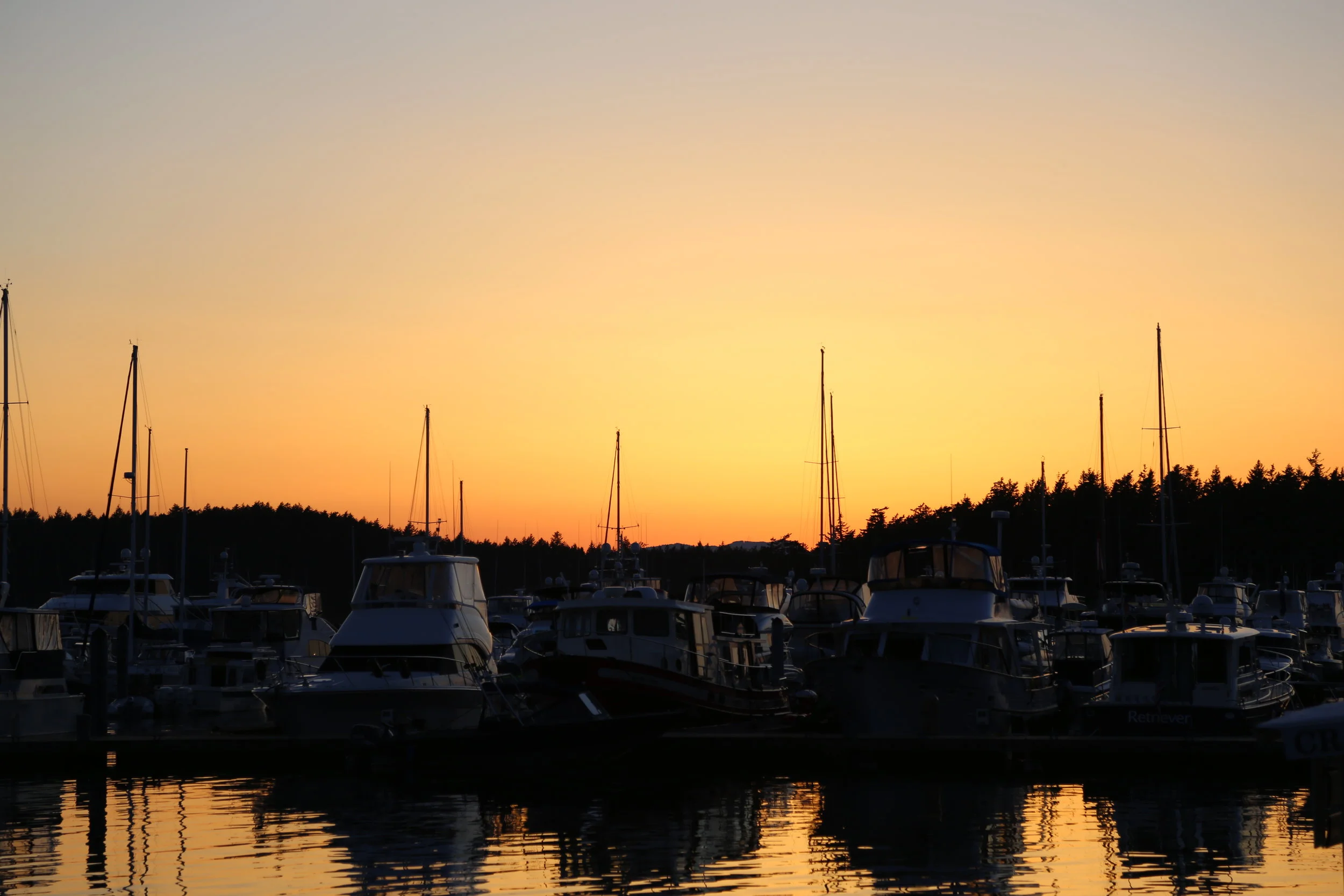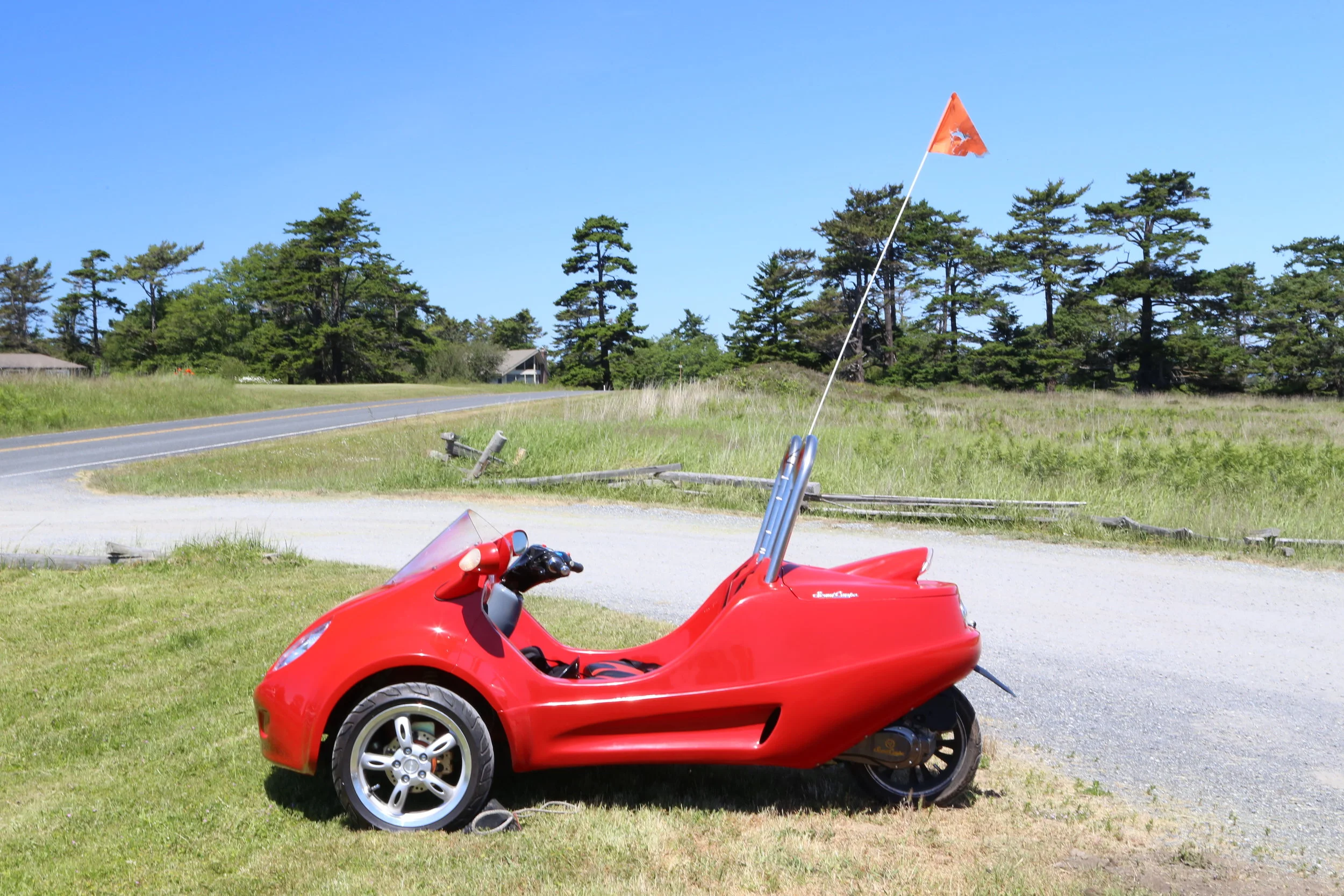Pelindaba Lavender from plant to product
At first glance, Pelindaba Lavender Farm is a beautiful place to stop for an afternoon visit while you are on San Juan Island. However, after spending a little time at the farm with Stephen Robins, the owner/founder of Pelindaba it is clear to see Pelindaba Lavender Farm is more than just a pretty place. In a little less than twenty years Pelindaba Lavender Farm has grown from a self sustaining open space preservation project to a successful company. Pelindaba Lavender Farm has figured out a way to farm, manufacture, market and participate in a relatively new category- agritourism all while being environmentally sound and economically viable.
In 1999, 2,500 lavender starts were planted as a means to preserve the land and enhance the natural beauty of the landscape. In 2000, another 5,000 starts were planted. In addition, they built their own production center and started to develop their own products. By growing, producing and selling their own products they were able to quickly distinguish themselves from others and focus on the quality of their product.
By 2001, they opened their first store, The Gatehouse, an on-farm gift store and nursery. The fields were also opened up for visitors to wander through and they invited artists to paint and photograph the fields whenever they wished. In 2004, Pelindaba Lavender Friday Harbor opened in May as the first product gallery off the farm. To support their continuing demand and additional retail locations, they steadily increased their plantings to bring the total to over 25,000 plants and upgraded their distillation capacity by installing a 500-gallon still.
The ingenuity of Pelindaba Lavender Farm is first seen in the landscape. Over-watering is the most common reason for lavender failing to thrive so the lavender was planted according to the topography of the existing land. On San Juan Island, watering is necessary only in the first year when establishing the plants after that natural rain fall takes care of the plants needs. Drainage is also one of the most important factors for successful lavender growing.
The lavender blooms in San Juan Island starting in July and goes through early September, with mid July and most of August being the ideal time to enjoy them at their peak. I had an opportunity to visit the fields of purple at their peak and was first struck by their delightful aroma and then noticed the delightful backdrop of buzzing bees. At Pelindaba Lavender Farm they grow two intermedia varieties as their dominant crops – ‘Provence’ primarily for its buds and ‘Grosso’ for dry flower bundles and essential oil.
“Spanish” or stoechas lavenders with their prominent “rabbit ears” at the top of the flowerhead are prolific growers. They are one of the few lavenders that respond by reblooming if they are frequently “deadheaded”. In order to control them, they need to be judiciously pruned.
After the lavender has been hand harvested, it is put into bundles and hung upside down to dry. Once the lavender is dry, it is fed into a stripper to separate the flower buds from the stems for use in making products. Additionally, the essential oils are extracted from the lavender flowers by a process called steam distillation. After it is extracted, the essential oil is stored in ultra violet protected glass bottles to prevent the oil from breaking down.
Lavender essential oil is one of the very few essential oils that can be applied undiluted directly onto the skin without any toxicity. Lavender essential oil has been known to relieve headaches, induce sleep, reduce scars and even act as a topical anesthetic all without producing any harmful side effects. One of their top sellers is Lavender Hydrosol which is produced during the steam distillation of essential lavender. This is often referred to as floral water and is perfect for a wide range of personal care and household uses. The hydrosol is a perfect example of how they have skillfully figured out a way to use every part, piece and byproduct of the lavender.
The Gatehouse now offers a Visitor Center complete with video displays and product exhibits. In the gift shop they offer everything from personal care items to products for the home, for pets and both sweet and savory food items. Lavender is no longer your grandmother's perfume. Lavender is seen in more common uses like soaps and lotions and more creative uses like honey, chocolate sauce, shortbread cookies and gourmet pepper. Some of my favorite gifts to give are culinary ones and the chocolate sauce is on heavy rotation at my home. Most impressively, almost all items for sale at Pelindaba Lavender Farm are created, executed and packaged on site.
If you like visiting beautiful farms, unique food items and sweeping views Pelindaba Lavender Farm is the perfect spot to spend an hour or an afternoon. Pelindaba has also recently started franchising and now has stores across the U.S.A.
This post was sponsored by Pelindaba Lavender Farm.
All opinions stated here are my own and I was under no obligation to write anything other than my personal experience. I will never write about anything I did not enjoy or find to be a valuable experience.



































